Nature reports
Publisher: Wageningen University & Research
Page 2 of 7 - 63 Results
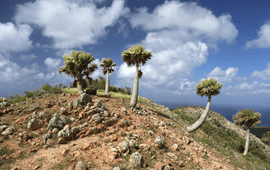
Scientists from CARMABI and Wageningen University and Research made a groundbreaking discovery this week: a previously unknown population of the Curaçao Kabana palm on the eastern slope of the Christoffelberg. These palms are..
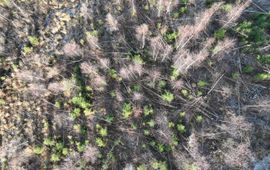
The European Parliament will take a final vote on the Nature Restoration Law early in 2024. This hotly debated regulation aims to halt and reverse the loss of biodiversity in Europe. An international team of scientists with..
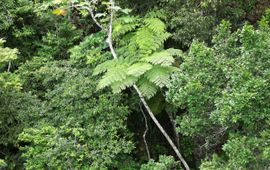
For 138 years, the steep slopes of the Quill volcano in Statia concealed a forgotten tree fern. Since 1885, the West Indian Tree Fern had not been recorded on the island. But during a vegetation survey, researchers found no less..
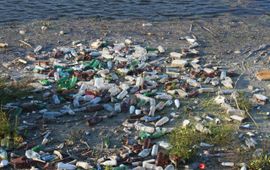
Plastic pollution is a global problem and Dutch rivers are no exception. Anyone who has ever walked along their banks will know the sight of bottles, caps and food packaging. But some of that litter may originate from elsewhere...
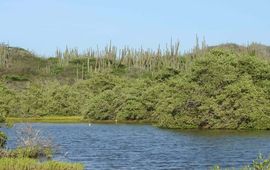
Aruba has seen a major increase of its wetland areas protected under the Ramsar Convention. On 10 November 2023 the Aruban Minister of Nature announced the official designation of four new Ramsar sites. With also the extension of..
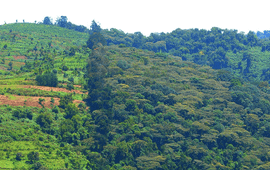
Tropical mammals living inside protected areas are affected by human activity, even when this activity occurs outside of the protected range. That is the conclusion of a new, international study across 16 tropical forests. ..
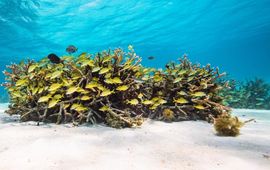
Recently, 'Turning the Tide' started, a large nature restoration project for the mangrove forests and coral reefs in Aruba. It is a collaboration between Wageningen University & Research and the Aruban partners NGO Fundacion Parke..
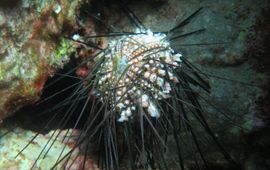
Long-spined sea urchins help maintain healthy coral reefs by grazing on algae. In 2022, there was a die-off of long-spined sea urchins in the Caribbean. A team of researchers has recently uncovered that a ciliary animal – a..
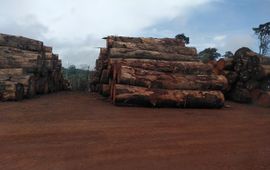
The chemical composition of tropical timber, for example, used for bridges or in window frames, reveals where the trees were growing. This can help to trace timber origin and to reduce illegal trade. This is the main finding of..
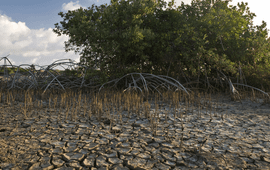
Mangroves create new land by slowly packing sediment within their roots, but too much sediment can lead to dieback. Researchers from Wageningen University and Research analyzed the potential erosion rates in the catchment area of..
